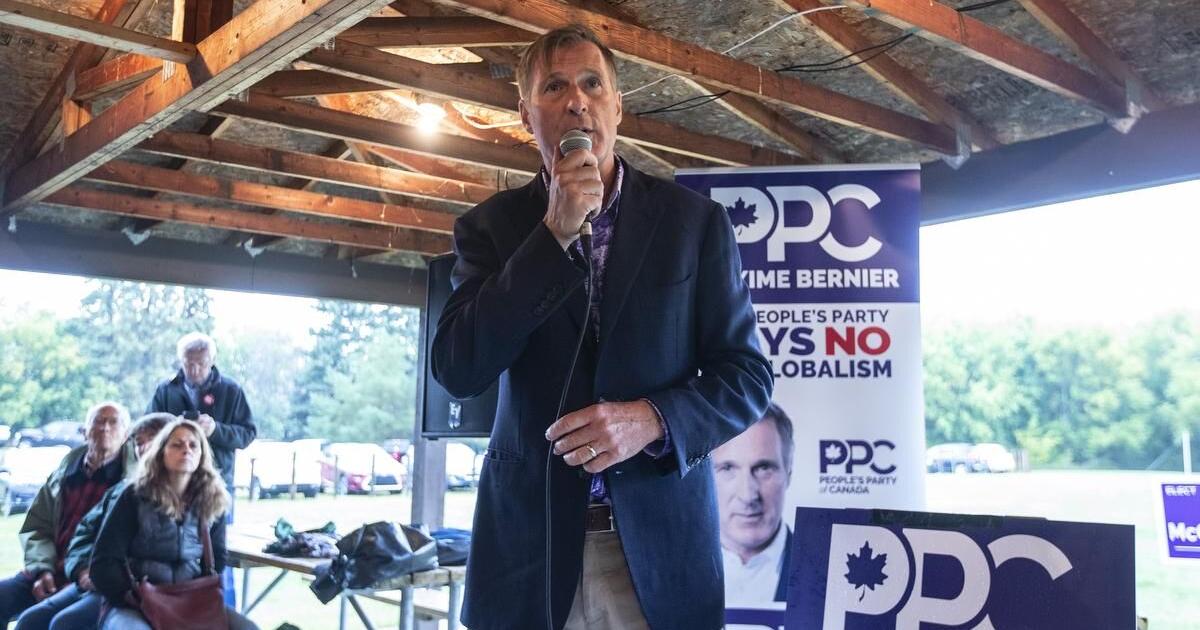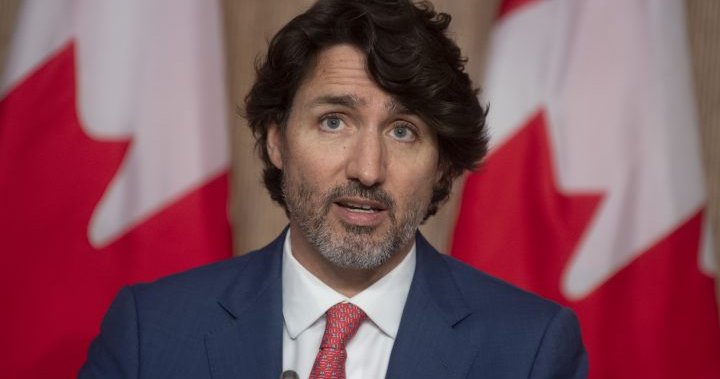The Federal Public Service has Pathfinders? Cool....
Remaking the Public Service: Here are the parties’ plans for a post-pandemic workforce
Pre-pandemic, the capital's rush hour was defined by a small army of federal government workers who made their way, usually by public transit, from a handful of suburbs to the core.
It’s one of the big questions in the dozen or so local campaigns in this federal election: when will government employees return to their offices, and under what conditions?
The answers, for one thing, will determine just how robust will be the economic recovery in the two downtown ridings. Ottawa Centre and Hull-Aylmer respectively account for 45 per cent and 20 per cent of the federal government’s owned and leased office space in the capital region. The return to the office, if it happens, will also have a significant impact on commuting patterns throughout the city.
Pre-pandemic, the capital’s rush hour was defined by a small army of federal government workers who made their way, usually by public transit, from a handful of suburbs to the core. For the past 18 months, most of these office workers have been doing their jobs from home in the bedroom communities of Orléans, Barrhaven, Kanata and Aylmer.
The resistance to abandoning this new way of working is apparently strong.
The department in charge of the federal government’s massive real estate holdings — Public Services and Procurement Canada — said it does not have “a target date for the return to the workplace for all employees. We are currently exploring various possibilities.” This, essentially, is the Liberal Party position.
“Having done a lot of canvassing these past few weeks, I know that public servants in Orléans have different perspectives on returning to work in person,” said Marie-France Lalonde, the Liberal incumbent candidate for Orléans. “A majority seem to be leaning towards a hybrid model,” she added in reference to the arrangement that allows employees to work from home some of the time.
Lalonde stressed the government should not rush into potentially profound changes of the workplace. “The realities are not the same from one department to another,” she said, “and I know that each is working to determine the best way to proceed internally.”
Earlier this summer, PSPC launched its “pathfinder project” calling on volunteers to return to the office to test various configurations. In the first few weeks, a couple of hundred employees in the capital region stepped up.
At the beginning of the economic lockdown early last year, some 126,000 workers were directly employed locally by the federal government, representing nearly 17 per cent of the region’s workforce. Add in municipal and provincial government employees and you’ve got close to 24 per cent. Then include thousands of specialists working under contract and it’s easy to see why the region’s commuting and shopping patterns have been so radically upended during the past 18 months.
“Government offices should re-open when provincial and municipal health guidance has allowed it,” says MacEwan, “and when workers and their unions have come to an agreement that these workplaces are safe for workers.”
Which leaves the question of what to do for all those businesses adjacent to the federal towers. “We should also have targeted supports for our downtown small businesses,” adds MacEwan, pointing out these have been some of the hardest hit by the pandemic-inspired lockdowns.
For suburban ridings, the economic imperative to re-open government offices is less of a force. Nepean, for instance, accounts for less than eight per cent of the federal government’s office space in the region. The same is true of Ottawa South and Ottawa West. Most other ridings in the census metropolitan area of Ottawa-Gatineau have a minuscule federal government presence in terms of office infrastructure.
Most of Nepean’s 14,000 government workers pre-pandemic commuted to other ridings, including to the downtown core. Now they are pondering whether they should ever resume that sort of regular journey again.
“The NDP would continue to work closely with public sector unions, who are already consulting their members about permanent work-from-home solutions,” says Sean Devine, the NDP candidate for Nepean, adding that “our goal would be to arrive at mutually accepted options for where and how to work, so that the Canadian public can continue to benefit from the skill and dedication of public servants, while also ensuring that workers have choices for their own health and safety needs.”
The federal public sector unions have so far not been pressured by any of the major political parties to see their members return to the office.
Nevertheless, the Conservatives’ campaign platform framed the issue in a manner that has raised suspicions within the Public Service Alliance of Canada, the largest federal government union. PSAC focused on a couple of lines in the Conservatives’ campaign playbook that emphasized achieving savings “by making government more efficient.”
PSAC interpreted this to mean a Conservative government would trim employment and contract out more work to the private sector, though the context of the policy document suggests government employees would be permitted to work from home wherever possible, thus offering potential savings from reduced office space downtown.
Conservative candidate for Nepean stressed during the riding’s first all-candidates’ debate. “We’re going to continue to let them work remotely.”
Which leads naturally to the issue of what to do with whatever empty space emerges.
This could provide an important opening for whichever party controls the next government. Roughly half of all federal properties are in poor condition, according to Public Services and Procurement Canada. Depending on location and building type, it might be more economical to convert such properties into apartments, or sell these properties to a private developer for the same purpose.
“The post-pandemic economy presents a unique opportunity to examine new ways to address our critical housing needs,” says Devine. “If we were to support a transition of these physical workspaces into living space, this might also help address how we re-vitalize our downtown core.”
The federal government also has flexibility with a portfolio that consists of owned and leased properties in roughly equal measure. Selling off owned properties in favour of leased offices would likely allow the government to better accommodate the unpredictable demands of a hybrid or work-from-home workforce. It would also generate some gains that could be deployed for other purposes.
Remaking the Public Service: Here are the parties’ plans for a post-pandemic workforce





:format(webp)/https://www.stcatharinesstandard.ca/content/dam/niagaradailies/news/niagara-region/2019/08/30/former-ppc-staffer-linked-to-neo-nazis-called-for-white-revolution/walkerfilm___Gallery.jpg)





